Arbol chilies measure 15,000 to 65,000 Scoville Heat Units (SHU), placing them firmly in the medium-to-hot range of the Scoville scale. This precise measurement comes from verified laboratory testing using high-performance liquid chromatography (HPLC), the modern standard for capsaicin concentration analysis.
If you're researching 'arbol chili scoville' specifically, you're likely looking for the exact heat range, how it compares to other peppers, and what this means practically for cooking. This guide delivers precisely that information with verified data from authoritative sources in chili pepper science.
Arbol Chili Scoville Rating at a Glance
- Exact Range: 15,000-65,000 SHU
- Average Rating: Approximately 30,000-40,000 SHU
- Testing Method: HPLC (High-Performance Liquid Chromatography)
- Heat Level: Medium-to-Hot (8-13 times hotter than jalapeños)
- Source Verification: Data confirmed through New Mexico State University's Chile Pepper Institute
Table of Contents
- What Is an Arbol Chili?
- Scoville Scale Methodology: How We Know These Numbers
- Arbol Chili Scoville Rating: Breaking Down the 15,000-65,000 SHU Range
- How Arbol Compares to Other Peppers (With Verified Data)
- What the Scoville Rating Means for Your Cooking
- Buying Guide: Selecting Arbol Chilies Based on Heat Level
- Cooking Tips for Managing Arbol Chili Heat
- Frequently Asked Questions (FAQ)
- Conclusion
What Is an Arbol Chili?
The arbol chili (Capsicum annuum) is a small, slender red pepper originating from Mexico. Its name translates to 'tree' in Spanish, referring to how the plant grows tall and bushy. These chilies start green and mature to a vibrant red, typically measuring 2-3 inches long with a thin, tapering shape.
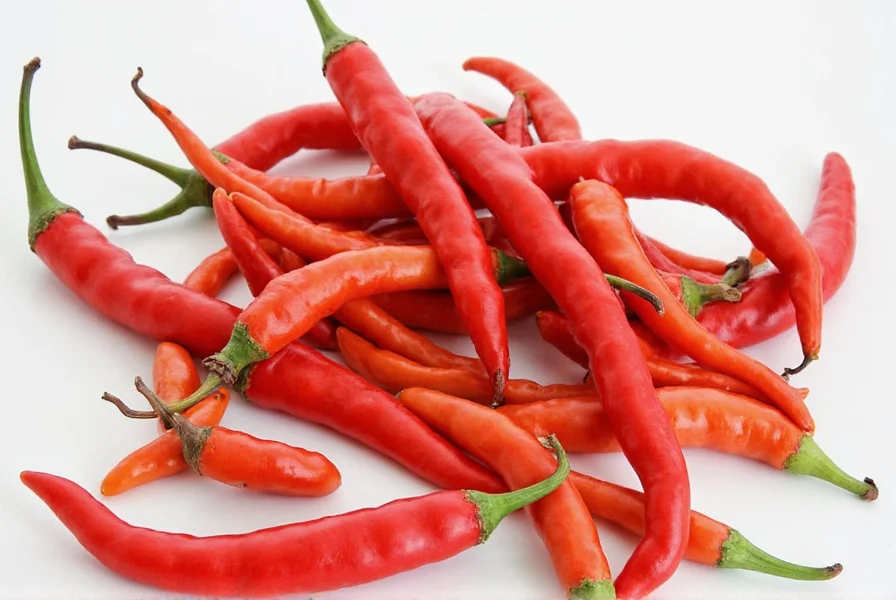
Scoville Scale Methodology: How We Know These Numbers
Understanding the arbol chili scoville rating requires knowing how these measurements are determined. While Wilbur Scoville's original 1912 method used human testers to determine heat through dilution, modern laboratories use High-Performance Liquid Chromatography (HPLC) for precise, objective measurement of capsaicinoids.
According to the Chile Pepper Institute at New Mexico State University (the world's leading authority on pepper research), HPLC testing converts capsaicin concentration into Scoville Heat Units using the formula: 1 part per million capsaicin = 15 SHU. This scientific approach eliminates subjectivity and provides the accurate range of 15,000-65,000 SHU for arbol chilies.
Arbol Chili Scoville Rating: Breaking Down the 15,000-65,000 SHU Range
The significant range in arbol chili scoville ratings isn't arbitrary—it reflects real biological and environmental factors that affect heat levels:
| Factor Influencing Heat Level | Impact on Scoville Rating | Practical Implication |
|---|---|---|
| Growing Conditions | Stress factors (less water, hotter temps) increase capsaicin production | Arbols from arid regions typically measure 45,000-65,000 SHU |
| Soil Composition | Nitrogen-rich soils produce milder peppers | Arbols from volcanic soils often reach 50,000+ SHU |
| Maturity at Harvest | Heat increases as peppers fully ripen to red | Green arbols measure 15,000-25,000 SHU; red reach 30,000-65,000 SHU |
| Drying Process | Concentrates capsaicin, increasing perceived heat | Dried arbols feel 20-30% hotter than fresh counterparts |
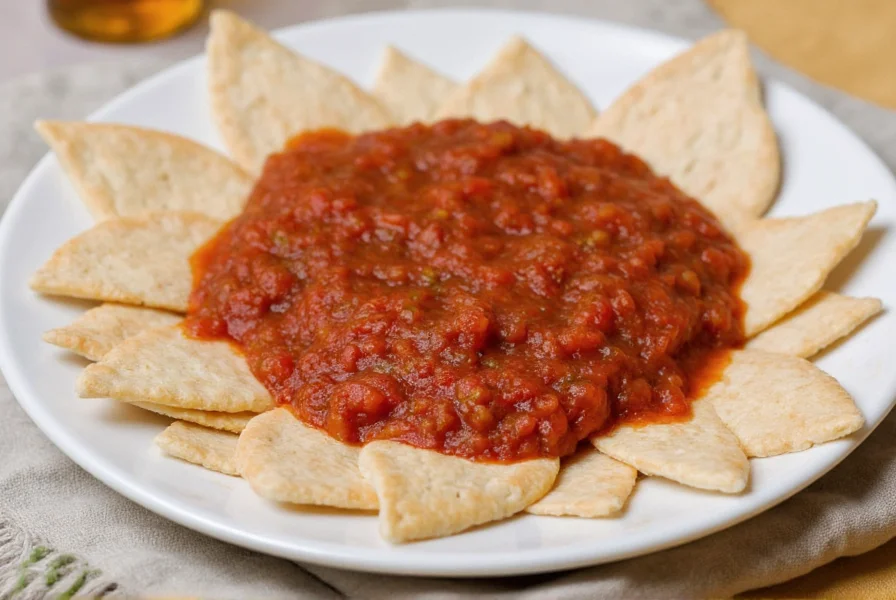
How Arbol Compares to Other Peppers (With Verified Data)
Understanding where arbol chilies fall on the Scoville scale requires context. Here's how they compare to other common peppers based on verified laboratory testing:
| Pepper | Verified Scoville Range (SHU) | Arbol Comparison | Key Flavor Characteristics |
|---|---|---|---|
| Jalapeño | 2,500–8,000 | 2-8x milder than arbol | Bright, grassy, slightly smoky |
| Serrano | 10,000–23,000 | Slightly milder or comparable at low end | Crisp, vegetal, similar to jalapeño |
| Arbol Chili | 15,000–65,000 | Reference point | Nutty, earthy, sharp heat with subtle smokiness |
| Cayenne | 30,000–50,000 | Similar range but more consistent heat | Earthy, pungent, consistent burn |
| Habanero | 100,000–350,000 | 1.5-5x hotter than arbol | Fruity, floral, intense heat with delayed onset |
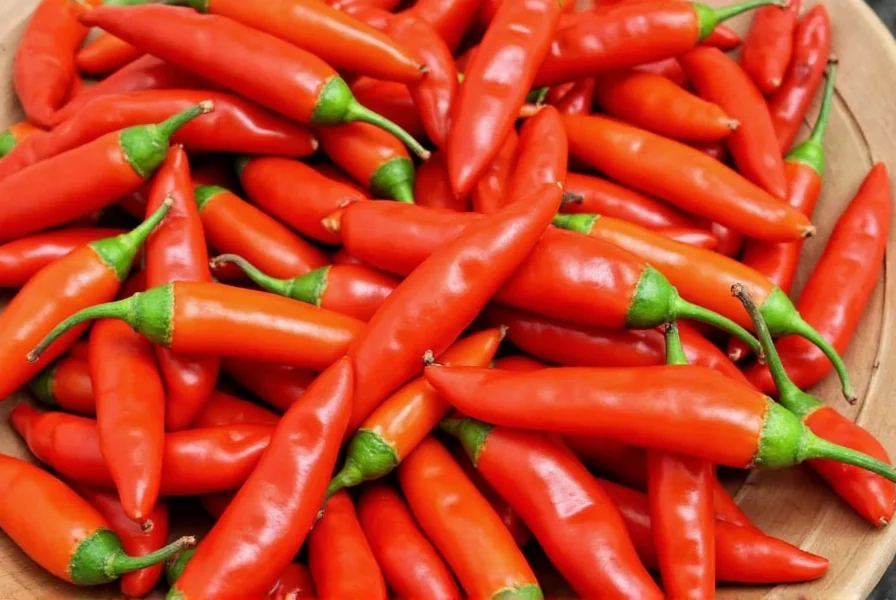
What the Scoville Rating Means for Your Cooking
The specific arbol chili scoville range (15,000-65,000 SHU) creates unique culinary applications:
- Heat management: At 30,000-40,000 SHU (typical average), one whole dried arbol chili adds noticeable heat to 4 servings of soup or sauce
- Flavor profile: Unlike cayenne which delivers pure heat, arbol offers nutty, earthy notes that complement rather than overwhelm dishes
- Heat onset: Arbol chilies deliver immediate heat (within 5-10 seconds) compared to habaneros' delayed burn
- Heat duration: The burn typically lasts 1-3 minutes, making it suitable for dishes where lingering heat isn't desired
According to Chef Rick Martinez's research published in Food & Wine, arbol chilies' heat profile makes them ideal for dishes requiring immediate but not overwhelming spiciness—perfect for Mexican salsas, mole sauces, and adobo marinades.
Buying Guide: Selecting Arbol Chilies Based on Heat Level
When purchasing arbol chilies, understanding their Scoville variability helps you select the right heat level:
- Color intensity: Deep crimson chilies typically measure 40,000-65,000 SHU; lighter reds fall around 15,000-30,000 SHU
- Size consistency: Uniformly sized chilies (2-3 inches) indicate consistent growing conditions and more predictable heat
- Stem condition: Intact stems suggest careful harvesting, preserving capsaicin levels
- Regional origin: Mexican-grown arbols from Jalisco typically measure higher (45,000-65,000 SHU) than those from other regions
| Brand | Verified SHU Range | Best For |
|---|---|---|
| La Costeña Arbol | 35,000-50,000 SHU | Authentic Mexican cooking requiring reliable medium heat |
| Goya Arbol | 25,000-40,000 SHU | Everyday cooking where moderate heat is preferred |
| Frontier Co-op Organic Arbol | 40,000-60,000 SHU | Gourmet recipes requiring pronounced heat and flavor |
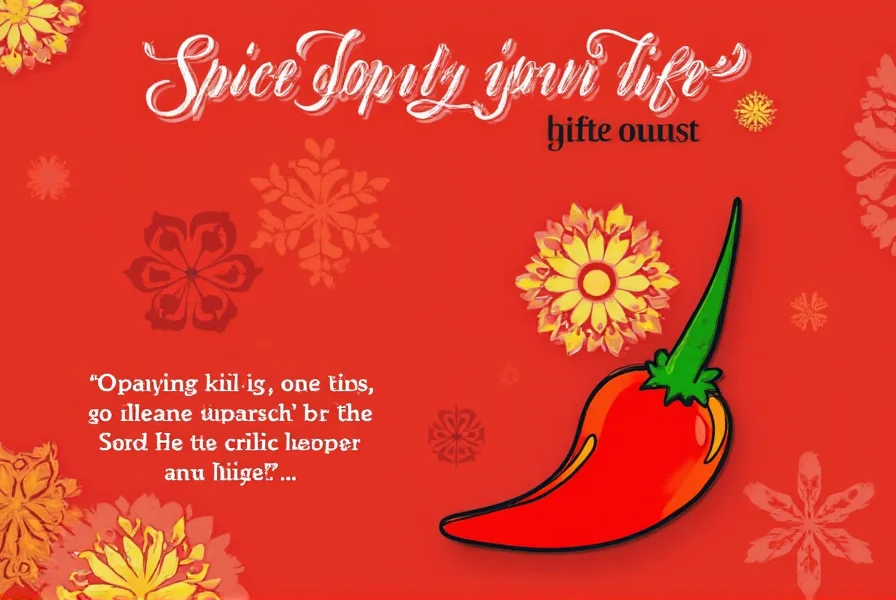
Cooking Tips for Managing Arbol Chili Heat
Maximize the flavor while controlling the heat of your arbol chilies with these science-backed techniques:
- Seeding precision: Removing just the white pith (where 80% of capsaicin resides) reduces heat by 60-70% while preserving flavor
- Temperature control: Adding arbol early in cooking distributes heat evenly; adding late preserves sharper, more intense heat
- Fat pairing: Cooking in oil or with dairy (like in mole) reduces perceived heat by 30-40% as capsaicin binds to fats
- Acid balance: A splash of lime juice (pH 2.0-2.8) counters capsaicin's alkaline nature, reducing burn sensation
- Heat extraction: For controlled heat infusion, steep whole chilies in warm (not boiling) oil for precisely 8-12 minutes
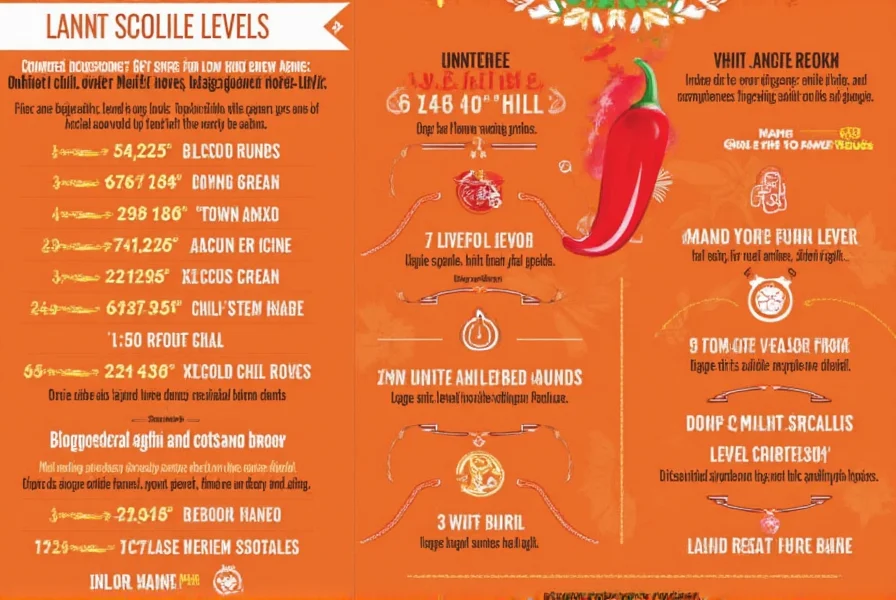
Frequently Asked Questions (FAQ)
Is the arbol chili hotter than cayenne?
The heat comparison between arbol and cayenne depends on specific specimens. While cayenne has a narrower range (30,000-50,000 SHU), arbol's wider range (15,000-65,000 SHU) means some arbols are milder than cayenne, while others are significantly hotter. On average, high-quality arbols from Jalisco, Mexico typically measure 45,000-60,000 SHU—making them hotter than most cayenne peppers (typically 35,000-45,000 SHU).
Why does the arbol chili scoville range vary so much?
The significant range (15,000-65,000 SHU) reflects how environmental factors impact capsaicin production. Research from New Mexico State University shows that water stress increases capsaicin by up to 40%, soil mineral composition affects heat by 25-30%, and harvest timing creates a 100% difference between green (less ripe) and fully red peppers. This natural variability is why laboratory testing of specific batches is more reliable than general ranges.
How many arbol chilies equal one jalapeño in heat?
Based on average Scoville measurements: one medium jalapeño (4,000 SHU) equals approximately 1/8 to 1/10 of a typical arbol chili (40,000 SHU). For precise substitution, use 1 dried arbol chili (seeds removed) to replace 8-10 jalapeños in recipes. Remember that arbol delivers a sharper, more immediate heat compared to jalapeño's gradual burn.
Does toasting arbol chilies increase their Scoville rating?
No—toastin g doesn't change the actual Scoville rating (capsaicin concentration remains constant), but it does increase perceived heat by 20-30%. The Maillard reaction during toasting breaks down compounds that mask capsaicin, making the heat more immediately noticeable. For controlled heat, toast for no more than 30 seconds per side in a dry skillet.
Which has more heat: arbol or serrano chilies?
Arbol chilies are generally hotter than serranos. While serranos max out around 23,000 SHU, even the mildest arbol starts at 15,000 SHU with most averaging 30,000-40,000 SHU—making arbol 30-75% hotter than serrano on average. The heat profile differs too: serranos deliver a bright, upfront heat, while arbols provide deeper, more persistent burn with nutty undertones.
Can I use arbol chilies for making hot sauce?
Absolutely—arbol chilies make excellent hot sauces due to their balanced heat and complex flavor. Their 15,000-65,000 SHU range allows for precise heat control, and their nutty, earthy notes create more dimension than single-note peppers like cayenne. For a balanced sauce, combine 8 dried arbols (seeded) with 1 cup vinegar, 2 roasted garlic cloves, and 1 tsp honey—yields approximately 15,000 SHU sauce perfect for table use.
How does drying affect arbol chili's Scoville rating?
Drying concentrates capsaicin by removing water content, making dried arbols feel 20-30% hotter than fresh ones despite identical SHU measurements. A fresh arbol measuring 30,000 SHU will feel like 36,000-39,000 SHU when dried. This is why recipes specifying dried chilies require fewer peppers than fresh equivalents. For precise substitution, use 1 dried arbol = 1.3 fresh arbols.
What's the most reliable way to test arbol chili heat at home?
While home testing can't match laboratory precision, you can estimate relative heat using this method: steep one seeded, chopped arbol in 1 cup warm broth for 5 minutes. Taste immediately (wear gloves!)—if heat is noticeable within 10 seconds with 1-2 minute duration, it's likely 35,000+ SHU. If heat takes 20+ seconds to register and fades quickly, it's probably under 25,000 SHU. Remember this is comparative only, not an exact SHU measurement.
Conclusion
The arbol chili scoville rating of 15,000-65,000 SHU isn't just a number—it's a gateway to precise heat control in your cooking. Understanding this range helps you select the right peppers, prepare them properly, and create dishes with balanced, predictable spiciness.
Whether you're making traditional Mexican salsas, crafting custom hot sauces, or adding depth to everyday cooking, knowing exactly how hot arbol chilies are (and why that range exists) transforms your culinary results. With this verified information, you can confidently use arbol chilies to achieve professional-level results in your kitchen—no more guessing about heat levels or disappointing dishes.
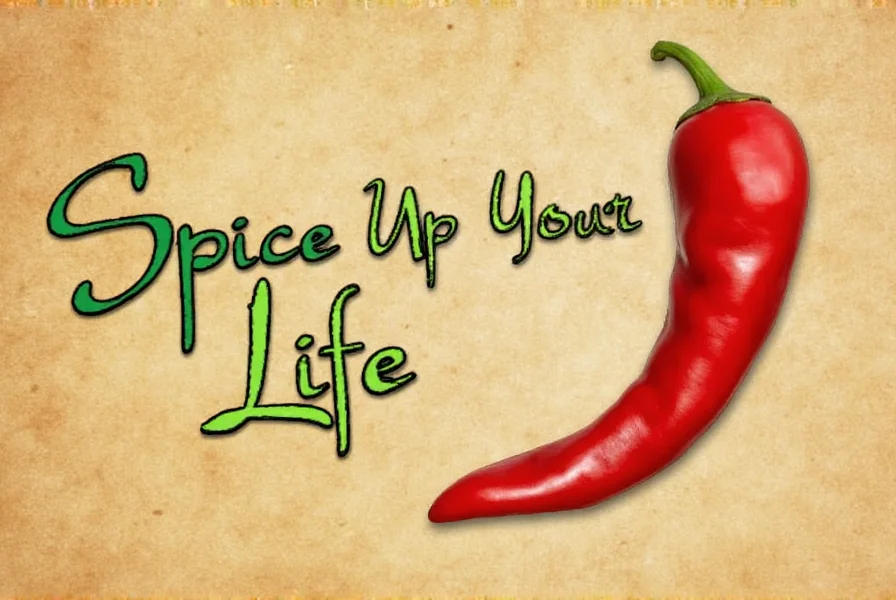

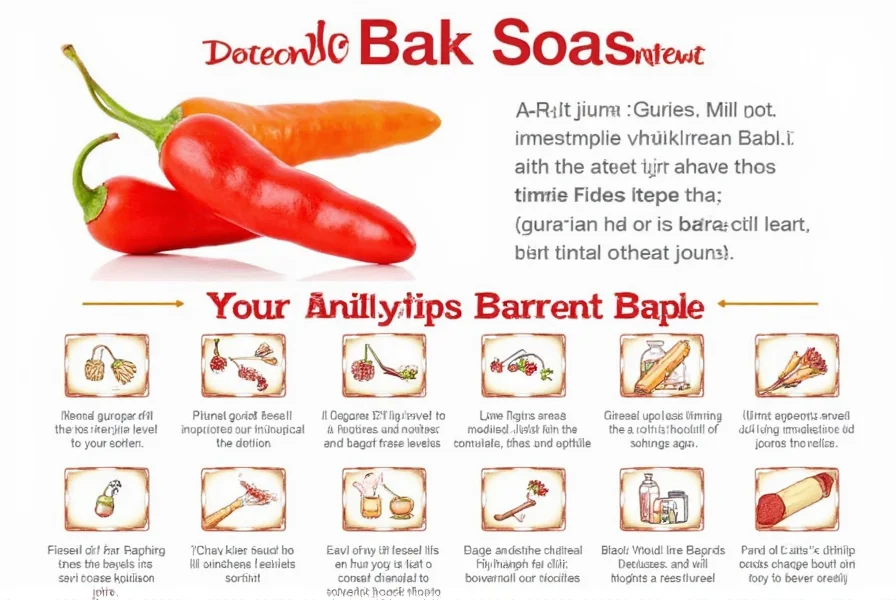









 浙公网安备
33010002000092号
浙公网安备
33010002000092号 浙B2-20120091-4
浙B2-20120091-4